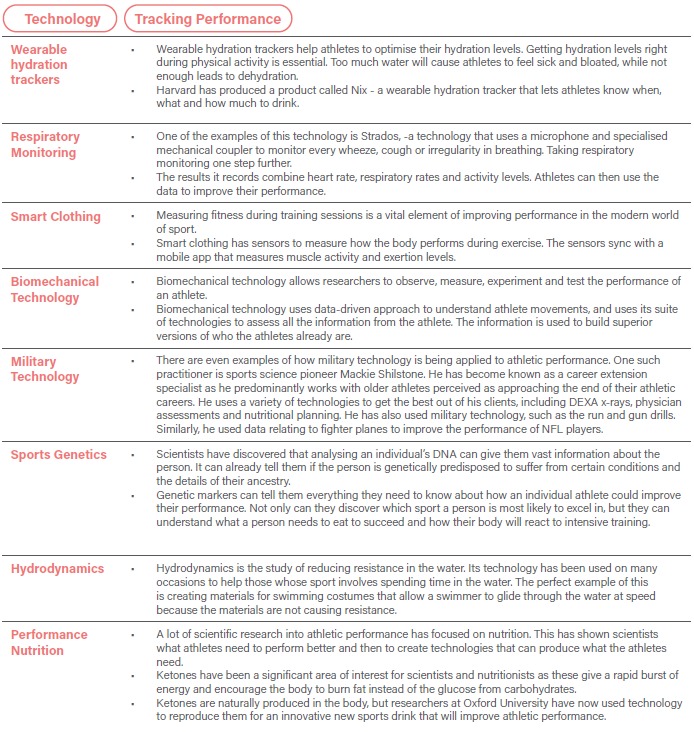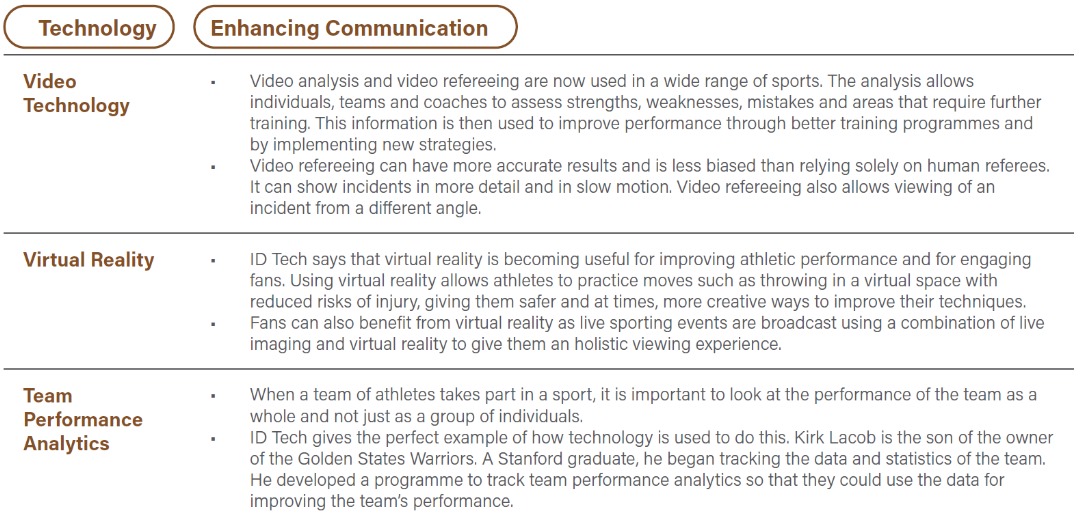by | Norsam Tasli Mohd Razali
norsamtasli@might.org.my
Nowadays, athletic records do not last too long due to advances in sports science, technology and developments in training techniques. Recall 1998, when Watson Nyambek set a sprint record of 10.30s in the men’s 100m dash; it was finally broken in 2016 by Khairul Hafiz Jantan with a time of 10.18s. Unlike the 18-year-old attempt, however, Khairul Hafiz’s record was broken within six years, by 19-year-old Mohd Azeem Fahmi with a 10.09s sprint at the 2022 World Athletics U20 Championships heats.
While athletes push themselves to the limit to achieve the best possible outcome, methods and techniques in sports performance and training have also evolved dramatically over the years – making current sports achievements outperform those of the yester years. One significant contributor to the evolution is technology. Advancements in technology have revolutionised sports performance and training, allowing athletes and coaches to gain insights into their performance like never before.
Let us take digitalisation as an example. Digital technology has opened the sports industry to new innovations, bringing improvement measures and new experiences to both the athletes and the industry players, as well as the spectators. From IoT, sensors and devices, to data analytics on game performances and AR/VR-empowered training programmes, the sports industry goes through constant, exciting and at times, unimaginable advancements.
How Technology Is Changing Athletes’ Performances
It is anticipated that the advancement in technology will bring athletes to another level and break more records as technology enhance athlete performance to the highest limits:
Perfecting Athletic Movements and Eliminating Injuries
Technology that allows for the collection and analysis of intricate data on athletic movements creates safer training environments and reduces the risk of injuries. Utilising data-driven insights will enable trainers to help athletes perfect their technique, at the same time trainers can identify injury risks early and take proactive measures.

Tracking Performance
Athletes wear sensors or smart clothing to measure real-time metrics like heart rate, breathing, hydration and temperature. Trainers can make data-driven decisions on rest, stretching and training intensity. Below are examples of the technology that tracks athletic performance:

Enhancing Communication
Applications and social media platforms enable athletes and trainers to easily upload and share training tips and ideas, facilitating film analysis and play discussion. Platforms like My Fitness Pal allow trainers to track athletes’ diet, exercise and health information, promoting personalised accountability and interaction.

Technology and Athletes’ Dedication Redefine the Limits
As technology continues to advance, it is highly likely that we will witness a continual wave of record-breaking performances in various sports disciplines. Athletes will benefit from the advancement and evolution toolkit of sports science and technology, allowing them to optimise training methods, recovery strategies and technical skills. The convergence of human athleticism and technological innovation, promises an exciting future for sports, where new boundaries will be challenged, records shattered and the limits of human potential continually pushed.
Ultimately, the combination of the athlete’s dedication, evolving training techniques and the power of technology will shape a new era of sports performance, where the limits of what is achievable continue to expand.










